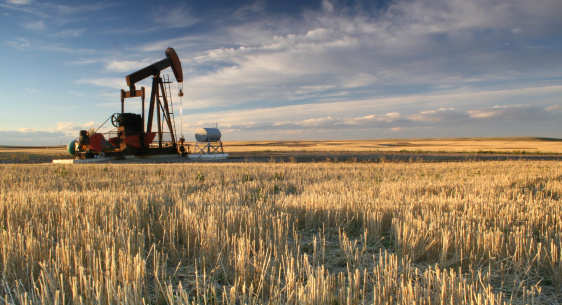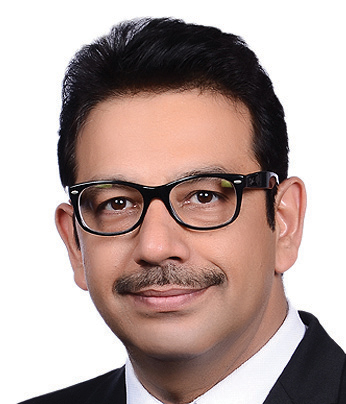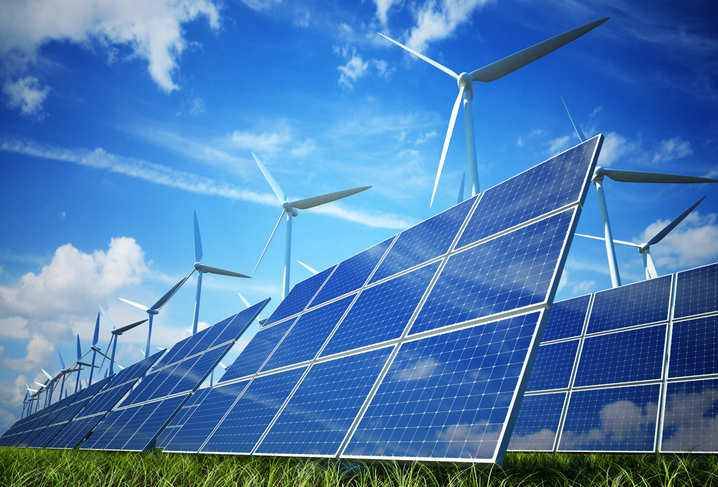January 11
We have not hiked coal price but rationalised it- Gopal Singh, Coal India
In an interview with ET Now, Gopal Singh, CMD, Coal India, says with pricing rationalisation, prices of almost seven grades have been reduced. In the 300 kilo calories band, the consumers will be saving about Rs 144 per tonne. Edited excerpts:
The price hike is a big trigger for you. Was this undertaken to counter the higher employee expense of Rs 5,700 crore? This year, our dispatches are about 30 million tonne more than last year. Already there are so many positives for Coal India. But the country still imports about 150 million tonne of non-coking coal and that is really not in the interest of the nation because we have so much of reserves, more than 315 billion tonne.
It is always beneficial for the nation as a whole that Coal India builds the capacity to produce the additional requirement of coal for the nation. The incremental revenue will come to the kitty of Coal India and we will use it for building capacity to enhance production in years to come.
What is the status on the employee expense and would your wage cost have impact on the aggregate revenue picture because you may have hiked prices, but if wage costs continue to go higher, that will nullify all the advantage? Naturally, stakeholders will expect that whatever the additional expenditure the company has to incur, that much income is generated. So this year, we are estimating our cost on account of payment to salary to our employees will increase by about 10%. Last year, it was Rs 33,000 crore. This year we are estimating about 10% increase and that will be taken care of. We are going for capacity building and adopting the environment friendly measures, so we require the fund.
On a blended basis, it is a hike of about nine-and-a-quarter per cent versus the six-and-a-quarter per cent taken in May 2016. Global prices, however, have jumped to a high during the same period. What is the reason for this conservative stance? This is basically price rationalisation because we have reduced the prices of almost seven grades. In order to make our system more transparent, simpler and consumer friendly, we have taken this exercise to rationalise the coal prices. If you look at the pricing graph, now it looks much linear compared to the earlier ones and we have changed the pricing policy itself.
Earlier, it used to be band-based pricing. Each band used to be of 300 kilo calories. Now our pricing system will be based on rupees per unit calorific value of the coal. For example, earlier, a consumer used to pay for coal worth 6700 kilo calories but actually get 300 kilo calories lesser value. With the present system, in the 300 kilo calories band, he will be saving about Rs 144 per tonne, which is huge.
So this price rationalisation will really help the consumers. Talking about global prices, we are aware of the fact and we have given a heavy discount varying from 44% to 64% because that is in the interest of the nation. If we increase the prices to that extent, then somewhere consumers suffer, the nation suffers. Our objective and the priority of the government is to provide reliable and affordable power to all. In line with that objective, we have not increased the prices to that level. We have rationalised it to make it more transparent.
The power sector price hike has been higher at about 20% to 22%. With the inventories being at all-time lows, this hike comes at a very opportune time for Coal India. Do you think that this may hurt offtake? Oh no. Inventories at power plant has been increasing over the last few months and there is demand and because the country’s GDP is growing, the country’s revenues are likely to go up. There is huge demand and our dispatch is not likely to suffer at all because of this.
But what about your e-auction premium? Would you have to take any action there to maintain international price parity? In e-auction, the market decides the prices. We do not decide the prices for the coal we auction. We have been getting good revenue over last couple of months.






